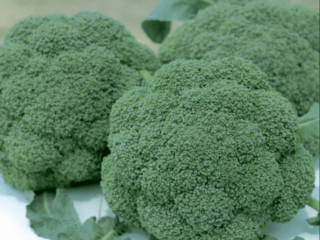Content
The quality of the tuber crop largely depends on how the manufacturer arranges the vegetable storage facility. If the storage requirements are met, the presentation of the potato does not disappear and its taste characteristics do not deteriorate. In this case, the tubers are less susceptible to rotting and other types of spoilage.
Stages of preparing tubers for storage
Before storage, potatoes go through four stages of preparation:
- Culling. The tubers are left for some time in conditions of elevated temperature and humidity in order to provoke the onset of pathological processes and get rid of infected potatoes in time.
- Ventilation. Occurs at the end of culling. Potatoes are aired several times a day at intervals, which helps them dry out and withstand long-term storage.
- Cooling. The temperature must be lowered gradually so as not to stress the tubers, and also to avoid the appearance of condensation on their surface.
- Stable preservation. Set the required temperature and humidity values, after which the potatoes are ready for storage.
Preparation is essential for commercial potato varieties, so responsible growers do not neglect it.
Basic methods for storing potatoes
Vegetables are stored using different methods.Below we will look at the most common ones.
In bulk
Bulk bookmarking is the simplest and fastest. Potatoes are loaded directly into storage without pre-processing. This method saves money and allows you to use less equipment and human resources.
The room can be completely filled with tubers and save space. An additional advantage is the natural ventilation of the tubers, since air remains between them. Potatoes rot less.
But this technique also has disadvantages. For example, limited availability due to the large size of the potato pile, which makes it difficult to inspect and reject products in a timely manner. If the piling process is performed incorrectly, the tubers are damaged when they fall, which reduces their keeping quality and deteriorates their quality.
In addition, with this method of storing potatoes, it is difficult to maintain uniform humidity and cross ventilation.
In containers
The container method involves pre-processing the tubers and placing them in small containers that are well ventilated, which helps prevent the formation of condensation. There must also be good access to products.
The disadvantages of this method are the additional costs of purchasing containers and the use of labor for storage. The container method requires careful sorting and culling of potatoes.
Containers should be maintained at optimal temperature and humidity levels to reduce product loss. Periodic inspection and assessment of the condition of the vegetable is also necessary.
How to properly store potatoes
Proper storage of potatoes is based on three pillars:
temperature;
humidity;
ventilation.
Temperature and humidity standards in the vegetable store depend on the further use of the product.The stricter the buyer’s requirements, the closer to the reference figures the potato storage conditions should be. If all three parameters are met when constructing a storage facility, the potatoes will be sold without significant losses.
Proper storage is just the tip of the iceberg in potato production.









